7.8 /10 1 Votes7.8
7.4/10 IGN Initial release date 30 November 1998 Mode Single-player video game | 4/5 GOG Engine True3D | |||||||||||||||||||||||||||||||||
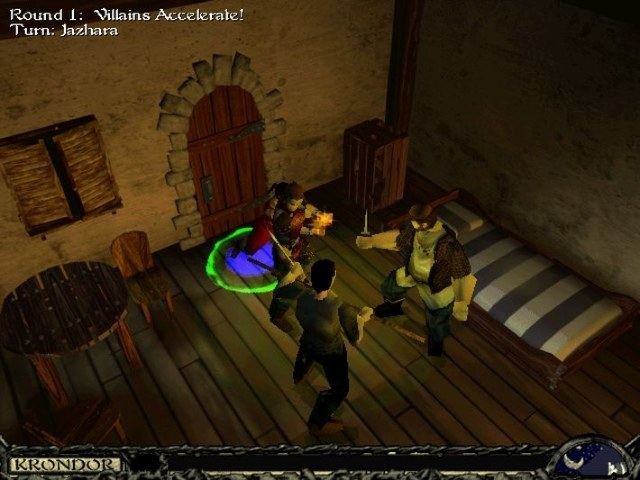 | ||||||||||||||||||||||||||||||||||
Publishers Sierra Entertainment, Activision, Dice Multi Media Europe BV Similar Sierra Entertainment games, Adventure games | ||||||||||||||||||||||||||||||||||
Return to krondor gameplay
Return to Krondor is a role-playing video game set in Raymond Feist's fictional fantasy setting of Midkemia. A sequel to 1993's Betrayal at Krondor, it was released for Windows 95 on the PC in time for the 1998 Christmas season. Within the game, the player commands a group of heroes with different attributes, strengths, and weaknesses which the player may upgrade over the course of the game.
Contents
- Return to krondor gameplay
- Exclusive gog com trailer for return to krondor
- Gameplay
- Characters
- Development
- References
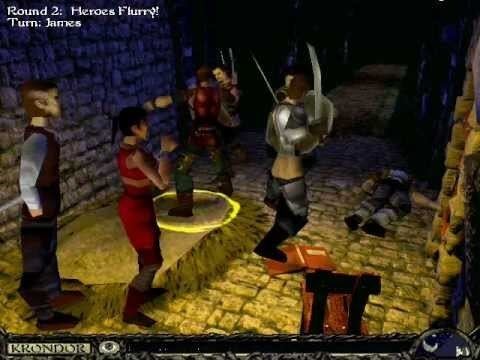
Feist later wrote a novelization of this game, entitled Krondor: Tear of the Gods. It is the third part of his Riftwar Legacy trilogy; the first part of which was a novelization of Betrayal at Krondor entitled Krondor: The Betrayal.
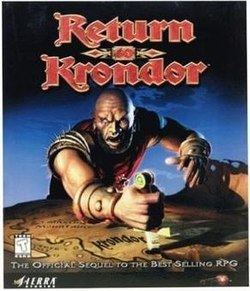
Exclusive gog com trailer for return to krondor
Gameplay
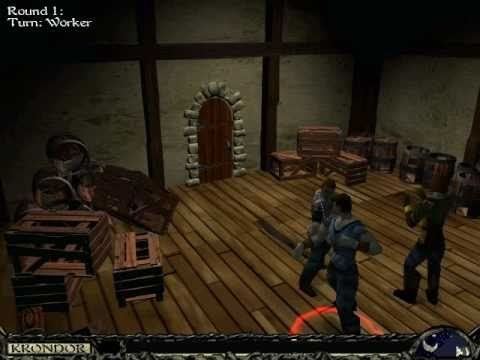
Starting in the city of Krondor and eventually venturing out into other specific parts of the Midkemia world, the game focuses on battling humans and evil creatures of various kinds. Although the story is very linear in nature, the game offers a range of possibilities while the player is adventuring in Krondor. While the computer graphics of the game is now visually outdated by games like the plotwise very similar Baldur's Gate: Dark Alliance II, the game featured some unique or rarely seen features at the time of release, including elaborate alchemy and thieving. Using alchemical equipment, it is possible to brew custom potions from a variety of ingredients. In order to open locked or trapped chests and doors, a simulation of the process of disarming and lockpicking is initiated. Facing a variety of different mechanisms, it is necessary to pick the right lockpicking tools and then use them with care, simulated by carefully timed mouse clicking.
Characters
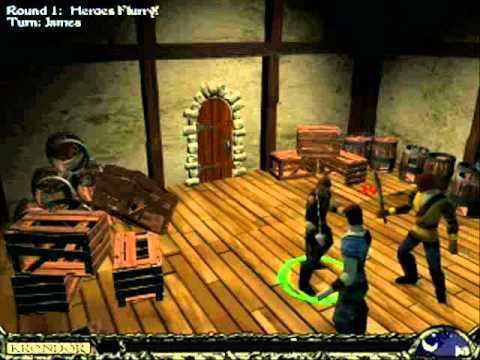
Development
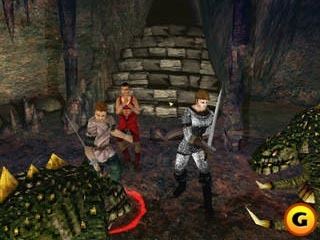
In 1994 Dynamix, at this time a division of Sierra On-line, reorganized their staff and canceled a planned sequel to Betrayal at Krondor named Thief of Dreams. Fans organized a letter/e-mail campaign to persuade Dynamix to reverse their decision, to no avail.
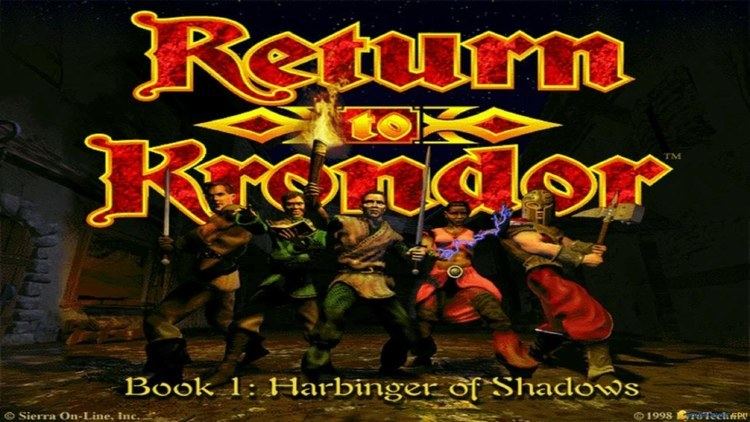
7th Level purchased the license for the game in 1995 and renamed it Return to Krondor. Shortly after, Sierra began work on an unlicensed sequel to Betrayal at Krondor called Betrayal in Antara, setting the two games up to be in direct competition. This is why Return to Krondor was billed as "The official sequel to the best selling RPG"[emphasis added].
Designer Andy Ashcraft stated, "Dynamix was a flight sim company, and their engine [for Betrayal at Krondor] was a flight sim engine that had been tweaked into an RPG. Our strength is in animation, so we're tweaking an animation engine into an RPG." 7th Level developed the game basics, produced the screen backgrounds and added the character voices. They then turned to Cincinnati-based Pyrotechnix for the more technical aspects of the game development. Pyrotechnix was sold to Sierra On-line in 1997. In 1998 Pyrotechnix completed the game. It was published in November.
The game was updated for compatibility with modern systems and re-released on Good Old Games on March 4, 2010.
